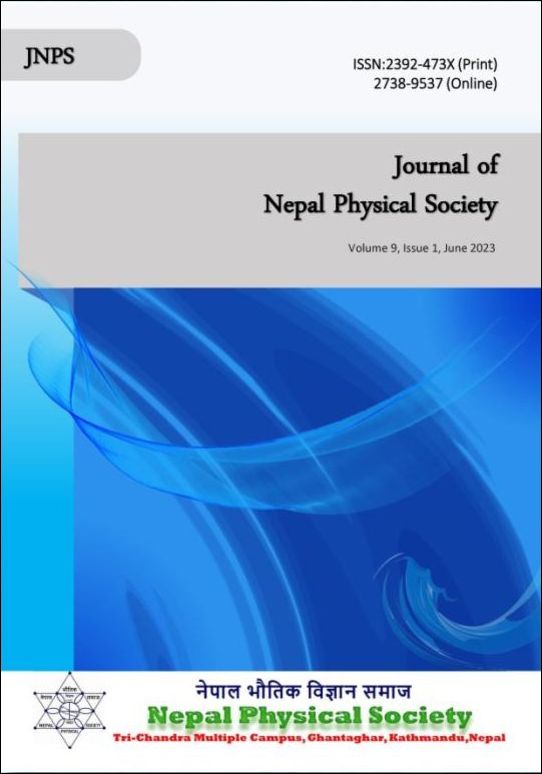Molecular Interactions of Zinc Finger Protein Kaiso with Hemimethylated DNA
DOI:
https://doi.org/10.3126/jnphyssoc.v9i1.57551Keywords:
DNA methylation, Molecular Dynamics simulation, Hemimethylated DNA, Hydrogen bondsAbstract
DNA methylation is an epigenetic modification that is involved in various essential cellular processes. Methyl CpG binding proteins (MBPs), such as zinc finger protein Kaiso, bind with methylated DNA and mediate to translate methylation signal into the transcription process. To have mechanistic understanding of how these proteins recognize and interpret the DNA methylation signal is important because of their critical role in regulation of gene expression in both normal and diseased cells. In this study, we performed molecular dynamics (MD) simulation to investigate the recognition and binding of hemimethylated (methylation in one strand of double stranded DNA) sequences by Kaiso to assess the role of methylation in each strand. We investigated the major interactions involved in the complex formation as well as the contact area and binding free energy of the Kaiso-DNA complexes. Our results show that the number and strength of hydrogen bonds as well as other non-bonded interactions are greater in Kaiso-DNA complex with methylated CpG sites in non-coding strand. Similarly, the contact area at the Kaiso-DNA interface and binding free energy of Kaiso is also higher in hemimethylated sequence having methylation in non-coding strand. Therefore, methylated CpG sites in non-coding strand play important role in the binding of Kaiso with methylated DNA sequences.
Downloads
Downloads
Published
How to Cite
Issue
Section
License
All right reserved. No part of this Journal may be reproduced in any form or by any electronic or mechanical means, including information storage and retrieval system, without permission in writing from the publisher, except by a reviewer who may quote brief passage in a review. The views and interpretation in this journal are those of author(s) and they are not attributable to the NPS.




